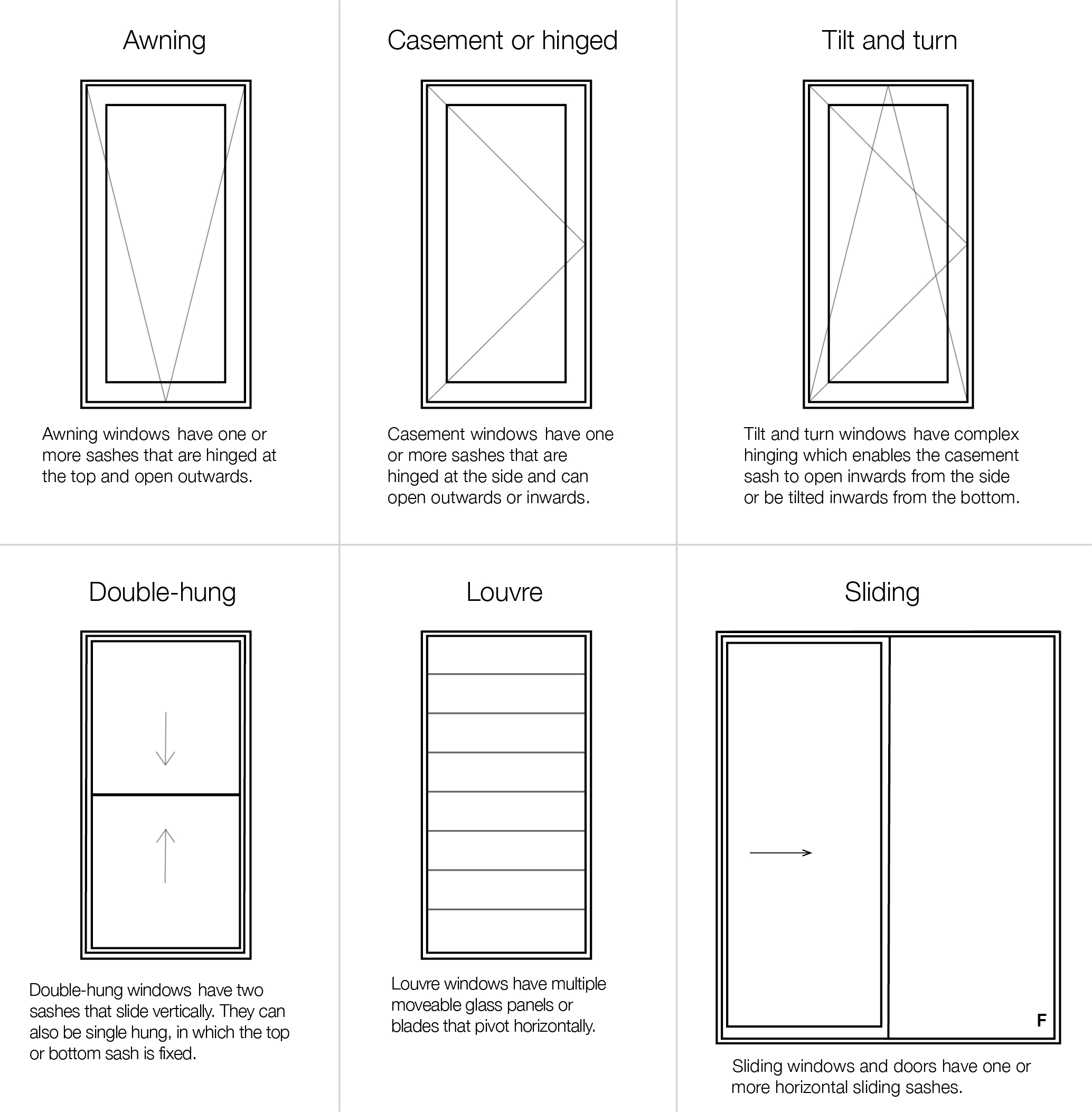All Categories
Featured
Table of Contents
Lifestyle - West Coast Double Glazing in Marangaroo Perth
That window can send more solar heat in winter than in summertime. A west-facing window on a summer's afternoon has an angle of occurrence from near 0 as much as 30 with a big efficient area of solar radiation. A north-facing window, in summertime, has a high angle of occurrence and a low effective area of solar radiation, so can send less heat than a west-facing one.

You can rapidly and quickly improve the thermal performance of your home by changing your windows. There are thousands of types of glass and frames to pick from.
Which Double Glazing Company Is The Best? in Calista Perth
There are numerous different kinds of glass products to select from. Single glazing uses a single pane of glass. Single glazing with clear glass is not really efficient when it comes to heat loss or gain. To improve efficiency, you can use single glazing with a more energy-efficient kind of glass such as low emissivity (low-e) glass.
The energy performance of IGUs likewise depends on: the residential or commercial properties of each layer of glass. Different glass types (for example, clear and low-e glass) can be put together in an IGU.
Stay Cool This Summer With Double Glazed Windows - Aaa Glass in Mullaloo Western Australia

IGU cavities can be filled with air or a more inert, low-conductivity gas such as argon the width of the cavity. Cavity density is normally 6 to 18mm. Larger cavities supply lower (better) U values, with 12mm usually accepted as the preferred space how well the cavity is sealed. Cavities need to be dry and well sealed to avoid moisture getting in.
If argon is installed to the cavity in location of air, moisture is dependably excluded the level of desiccant (drying representative). The spacer (metal or polymer strip) that separates the glass layers includes a desiccant to take in any moisture. Insufficient desiccant may cause moisture to condense on the glass surface in cold conditions, reducing thermal efficiency.
The Ultimate Guide To Double Glazed Windows in Wanneroo Western Australia
IGUs can deliver better energy efficiency for all environments, especially in heated and air-conditioned homes. Cross-section information of single, double and triple-glazing units Low emissivity glass (typically known as low-e glass) minimizes heat transfer. Low-e glass may be either high or low transmission: High transmission low-e glass has a finishing that enables daytime from the sun to pass into your home to attain good solar heat gain, but decreases the quantity of the long wavelength infrared heat that can get away back through the window.
Low-e glass has either a pyrolytic coating or a vacuum-deposited thin movie metal finishing. Pyrolytic finishes are resilient and can be utilized for any glazing; vacuum-deposited coverings are soft and are only used within IGUs. Low-e coatings can considerably enhance both U value and SHGC; however, they must be used correctly or they will either weaken or stop working to carry out as needed.
Double Glazing Vs Triple Glazing For Windows (2023) in Parmelia Western Australia
Low-e coverings can be used in combination with clear, toned or reflective glass. Low-e finishes on glazing can decrease heat transfer where required Image: Department of Market, Science, Energy and Resources Toned glass has colouring additives consisted of throughout manufacture. It is offered in various colours, usually bronze, grey, blue and green.
Table of Contents
Latest Posts
Does Double Glazing Keep Heat Out in South Fremantle Perth
Which Double Glazed Windows Are Best For Summer? in Kalamunda WA
Why Install Stunning Double Glazing Windows During Summer? in Hamilton Hill Perth
More
Latest Posts
Does Double Glazing Keep Heat Out in South Fremantle Perth
Which Double Glazed Windows Are Best For Summer? in Kalamunda WA
Why Install Stunning Double Glazing Windows During Summer? in Hamilton Hill Perth